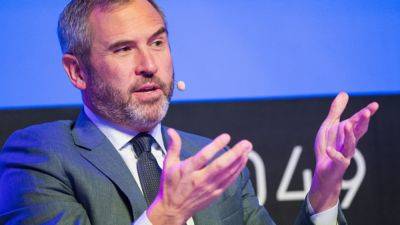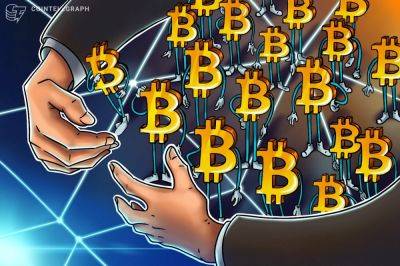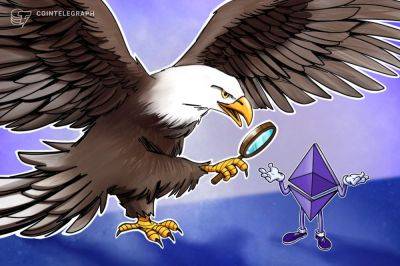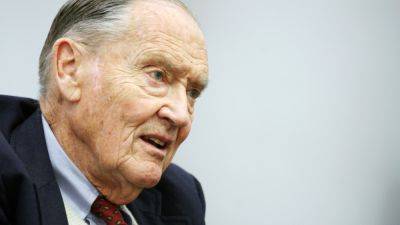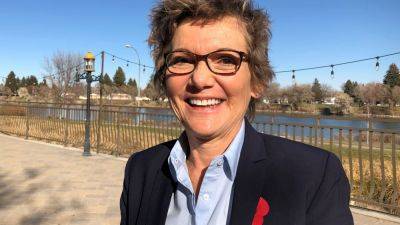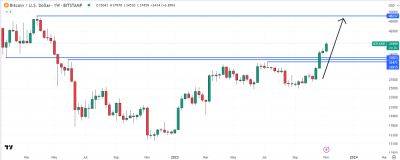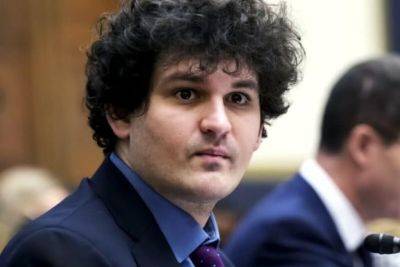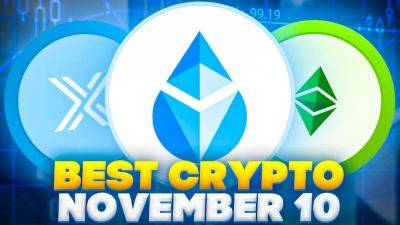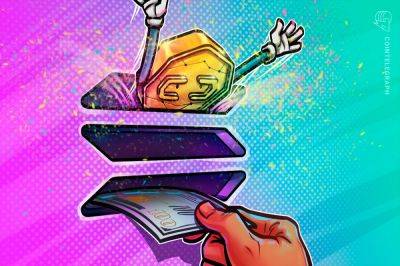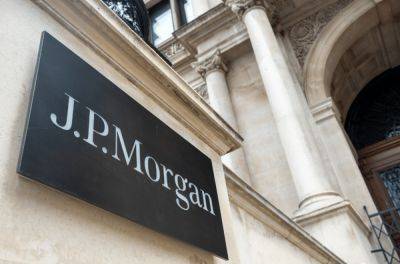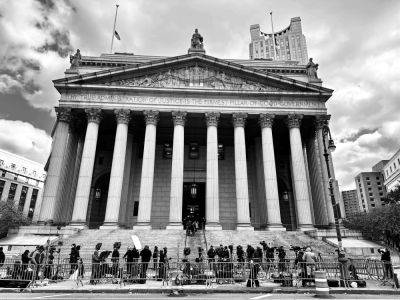Here’s the inflation breakdown for September 2023 — in one chart
Inflation was unchanged in September, but price pressures seem poised to continue their broad and gradual easing in coming months, according to economists.
In September, the consumer price index increased 3.7% from 12 months earlier, the same rate as in August, the U.S. Bureau of Labor Statistics said Thursday.
The latest reading is a significant improvement on the pandemic-era peak of 9.1% in June 2022 — the highest rate since November 1981.
«The speed of the decline is always going to be uncertain,» said Andrew Hunter, deputy chief U.S. economist at Capital Economics. «But anywhere you look, [data] suggests inflation should be falling rather than rising.»
The CPI is a key barometer of inflation, measuring how quickly the prices of anything from fruits and vegetables to haircuts and concert tickets are changing across the U.S. economy.
Despite recent improvements, economists say it will take a while for inflation to return to normal, stable levels.
The U.S. Federal Reserve aims for a 2% annual inflation rate over the long-term. Fed officials don't expect that to happen until 2026.
«Ultimately, inflation is still the most menacing issue in the economy right now,» said Sarah House, senior economist at Wells Fargo Economics. «We're edging our way back [to target], but there's still quite a bit of ground to cover,» she added.
Gas prices were up 2.1% in September, on a monthly basis — a «major contributor» to inflation last month, BLS said.
However, that's a big improvement from August, when prices at the pump jumped 10.6% during the month largely due to dynamics in the market for crude oil, which is refined into gasoline.
More from Personal Finance:
Lawmakers target credit card rates, fees as debt tops $1 trillion
Treasur


 cnbc.com
cnbc.com